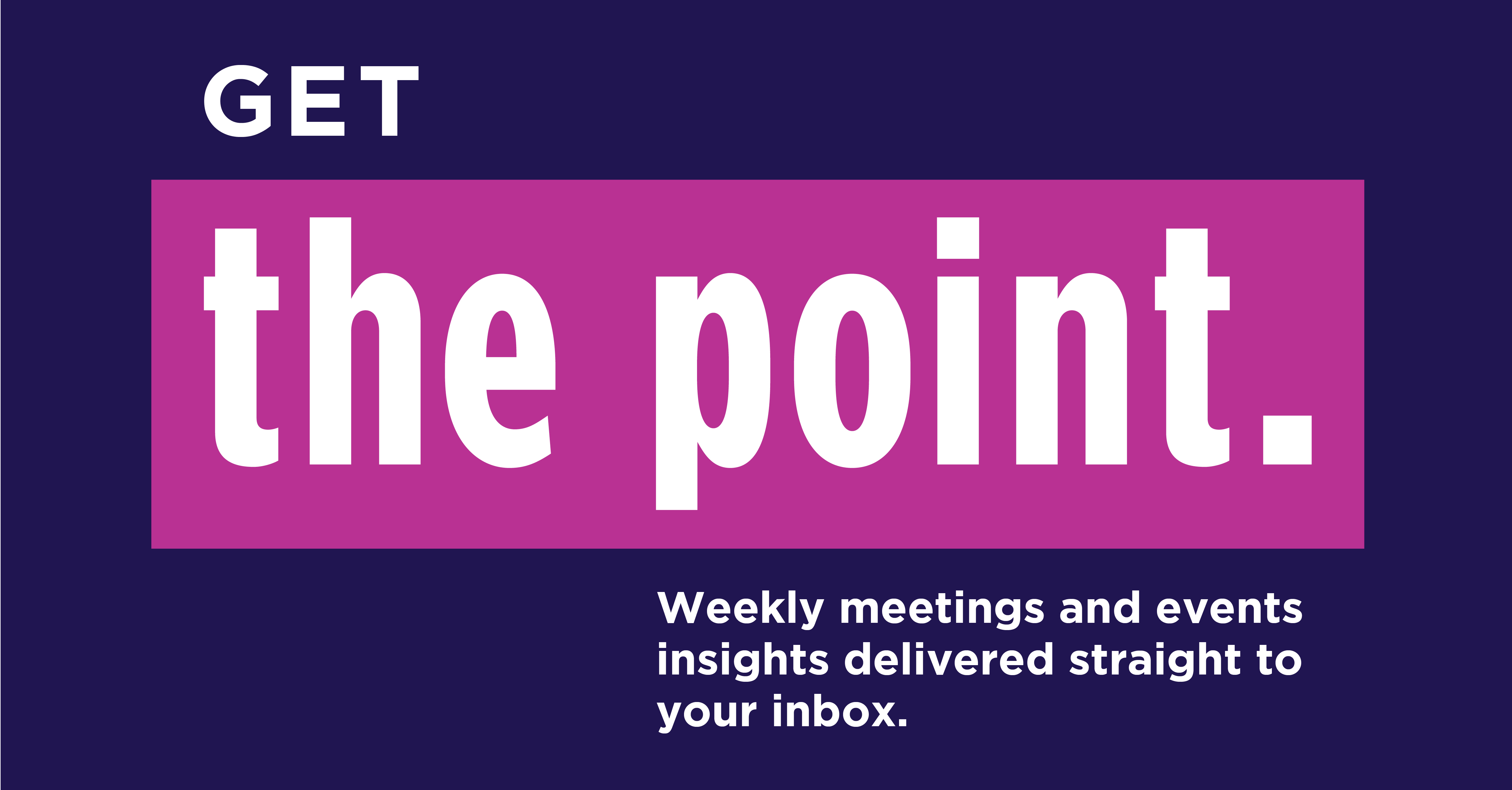Performance improvement and engagement programs have proven to be an effective way to incentivize achievement. In this article, we breakdown the different ways people are motivated in the workplace to better understand how these initiatives can shape the success of your business.
Why do any of us do the things we do? What drives our behavior? The short answer is motivation. There are several theories to explain what motivates people, such as biological and physiological factors needed for survival or self-actualization driven by inner fulfillment. The range of factors can have both internal and external drivers and are different for everyone. When planning a performance improvement program for employees, distributors or customers, it’s critical to not only understand how to communicate with your audience, but also what forces drive them to change their behavior as well. Here, we look at three unique theories of motivation.
3 theories of motivation
Two-Factor Theory
Also known as the motivation-hygiene theory, the two-factor theory states that there are two sets of factors that affect employee motivation and job satisfaction. These are “hygiene factors” or external motivators and “motivation factors” or internal motivators.
Motivation factors are often less tangible in nature and based on an individual’s desire for personal growth, achievement, recognition, responsibility, reward, or advancement.
Hygiene factors are typically more tangible needs and based on external factors such as job security, compensation, status and benefits.
These factors have an inverse relationship. This means that intrinsic motivators increase motivation when they are present, and extrinsic motivators reduce motivation when they are absent. A fair wage is an expectation so the removal of one would cause dissatisfaction, whereas positive reinforcement from a manager is not always expected so it can be a source of motivation.
Reinforcement Theory
The basis of this theory is similar to a cause and effect relationship. The premise being that an individual’s behavior is a function of the consequences of that behavior. For example, if you work hard, you’ll earn a promotion. Or if you earn a promotion, you’ll likely want to work harder. This theory is based on operant conditioning and external factors rooted in reinforcement or punishment.
Reinforcement is utilized to increase the frequency of a behavior. This can be done through positive reinforcement which rewards a particular behavior or through negative reinforcement by removing something that an individual doesn’t like. For example, an employee who consistently acquires new business and generates revenue for a company may be rewarded with an all-expenses paid trip to a once-in-a-lifetime destination. The effectiveness of reinforcement can be impacted by several factors including an individual’s degree of need, the time elapsed between behavior and reinforcement, or the magnitude of the reward.
Learn how to choose the right destination for your corporate incentive trip
Expectancy Theory
This theory suggests that people decide to behave in certain ways based on the expected result of that chosen behavior and is comprised of three key components: expectancy, instrumentality, and valence.
Expectancy is an individual’s belief that their effort will lead to intended performance goals hinges on past experiences, self-confidence, and the perceived difficulty of a given performance standard.
Instrumentality is a person’s belief that they will earn a desired outcome or reward if they meet the above-mentioned performance standard.
Valence is the unique value that each individual places on a particular outcome or reward. This value naturally differs from person to person, meaning that a reward that satisfies one employee, may hold little to no meaning to another depending on their personal values.
In a nutshell, expectancy theory states that people will work harder if they believe their efforts will be rewarded in a way that is satisfactory to them.
How do these theories explain the ways people are motivated at work?
Now that we understand different motivational theories, tying them to professional implications will help us better understand how motivation can be used to create effective performance improvement programs. A few areas that tie into motivational theories are goal setting, management styles, and incentives. Effectively leveraging motivation strategies across these different areas can result in big payoffs for organizations and employees alike.
Set Achievable Goals
Both the expectancy and reinforcement theories above recognize that attainable goals are a solid foundation for spurring motivation. By working with employees to understand their intrinsic and external motivators, you can help them create goals that are realistic, attainable, and fulfilling. As a result, employees are more likely to work to attain those goals for themselves—because they believe they can achieve them—and the associated reward.
Adjust Management Styles
Ensuring that employees feel valued and supported by their managers and teams is an excellent way to increase motivation and job satisfaction. Providing support through training, mentorship, positive reinforcement, or closely tying in performance to rewards for positive impact are all great ways to keep motivation moving forward.
Recognize Differences in Needs
Remember what motivates one person may not motivate the next, so your strategies shouldn’t be one size fits all. Benefits packages, working conditions and the way employee contributions are acknowledged should differ amongst individuals. Everyone has different motivational needs, by tailoring to them as best you can, you’ll better ensure positive job satisfaction and that employees will feel valued and interested in continuing to achieve their goals.
What’s the takeaway?
Incentivizing people with a targeted approach can be a strong means of motivating employees. The concept of incentive motivation recognizes that the characteristics of the goals we work to obtain, influence our behavior. Incentive programs, gifting, and other forms of tangible rewards can be used to motivate employees over specific periods of time and positively change behavior.
In order to maximize the impact of these reinforcements, features of the incentives need to be tailored to employee interests. For example, successful incentive programs should have clearly defined rules, rewards, and communication strategies to engage the audience. Gifting incentives should be tailored to the interests and needs of employees and provide them with personal value.
References
For more information on the studies referenced in this article and more, visit:
– The Science of Improving Motivation at Work by Positive Psychology,
– 20 Most Popular Theories of Motivation in Psychology by Positive Psychology,
– 14 Ways to Use Incentives to Motivate Employees by Forbes,
– How to Set Up Incentives to Motivate Your People by inc.com,
– Incentive Theory of Motivation and How to Use it in the Workplace by Indeed.com
Originally published Jun 28, 2021 11:39:39 AM
Last updated on Apr 6, 2023 4:29:04 PM




